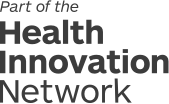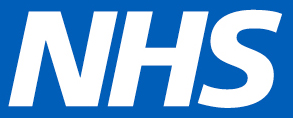Using qualitative data in assessing patient and staff experience provides valuable insights and feedback on the effectiveness of health services. Patient expectations, experiences, and satisfaction can be better understood by involving patients and their carers. This approach allows for a unique perspective, offering real opportunities for improvement.
Surveys, interviews, and patient stories are commonly used methods for measuring patient and carer experience. When selecting an appropriate measurement approach, it is important to consider the depth of insights versus generalisability.
The Health Foundation have produced an evidence scan on measuring patient experience which sets out things to consider when planning how to measure patient experience within a broader framework of measurement.
Experience based co-design is an approach that enables staff and patients (or other service users) to work in partnership to co-design services and/or care pathways. In-depth interviewing, observations and group discussions identify key touch points – aspects of the service that are emotionally significant.
A short film is created from the patient interviews, which is shown to staff so they can see how patients experience the service. Staff and patients are then brought together to review the findings and to work in small groups to identify and implement activities that will improve the service or the care pathway.
Throughout the process the focus is on experience and emotions rather than attitudes and opinions – using storytelling to identify opportunities for improvement. Find out more in this Experience Based Co-Design toolkit from the Point of Care Foundation.
The THIS institute have a series of guides on the Elements of Improving Quality and Safety in Healthcare published through Cambridge University Press. Recommended guide for this topic is Co-Producing and Co-Designing, by Glenn Robert, Louise Locock, Oli Williams, Jocelyn Cornwell, Sara Donetto, Joanna Goodrich (Published online: 2022)



